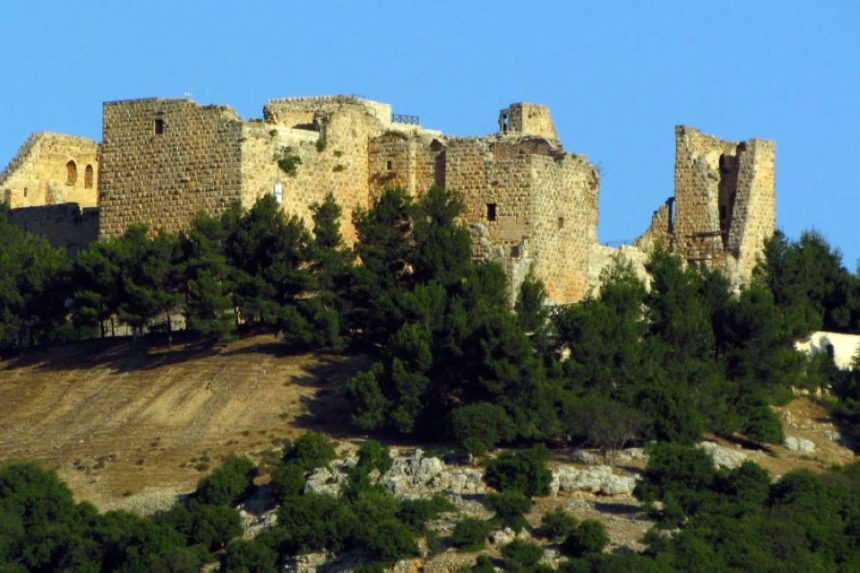We spent a whole day with family in Ajloun, enjoying a trip through valleys, over green hills, and amidst the surrounding mountains of this historic city.
The cold breeze swept down from the mountain peaks where we paused. This was my second visit to Ajloun within a year, as it is a city of rich history and beautiful nature. This time, we took more time to savor every moment of the unforgettable journey.
We had lunch and dinner in the city, known as one of the most beautiful in Jordan. We indulged in more of the famous figs and grapes that Ajloun is renowned for, offering a unique taste that cannot be matched elsewhere.
We wandered through pine forests, olive orchards, and vineyards, with legendary fig trees scattered as far as the eye could see. The scenery was enchanting, and after a short break, we headed to the majestic castle atop the mountain. We climbed to the summit, standing 1,050 meters above sea level, where Ajloun Castle rests, providing views of the mountains of Palestine and the shores of the Dead Sea.
Ajloun, with approximately 200 archaeological and historical sites, is Jordan’s summer destination, celebrated for its natural beauty, forests, beautiful summer weather, and abundant production of olives, fruits, and diverse vegetables.
Ajloun stands out as one of the Jordanian cities free of deserts, with its tree-covered mountains rising over a thousand meters. The city experiences snowfall every winter and is blessed with contrasting mountainous terrain, dense forests of pine and sandalwood, and a mild summer climate.
Ajloun Castle, also known as Salah ad-Din’s Castle or Al-Rabad Castle, was built by Muslims in 1184-1185 as a military fortress. It aimed to protect the region from Crusader incursions, safeguard Muslim trade routes, and preserve communication lines and pilgrimage routes between the Levant and the Hejaz. The castle is an important historical landmark in Jordan, attracting around 140,000 tourists annually, with 70% coming from Gulf Arab countries.
The castle, constructed on the top of a high mountain, is a remarkable example of Arab and Islamic architecture. It is built in the shape of a semi-square, with four towers, each consisting of two floors. It stands on one of Ajloun’s towering mountains, offering a charming view of the region, especially from one of its towers.
According to historical sources, the castle got its name “Al-Rabad” from its location on the back of a towering hill known as Mount Awf, named after the Awf clan, who settled in the mountain during the Fatimid era. The castle also bears the name “Salah ad-Din Castle” after the historical Islamic leader Salah ad-Din al-Ayyubi, who used it as a launchpad for his military campaigns to expel the Crusaders, particularly during the campaign against the fortress of Belvoir near the Sea of Galilee in Palestine.
Ajloun, with its unique blend of historical richness and natural beauty, stands as a testimony to the allure of Jordan and its position as a preferred destination for individuals worldwide. The city, its airports, and its entrances continue to provide exceptional experiences for visitors throughout the year.

